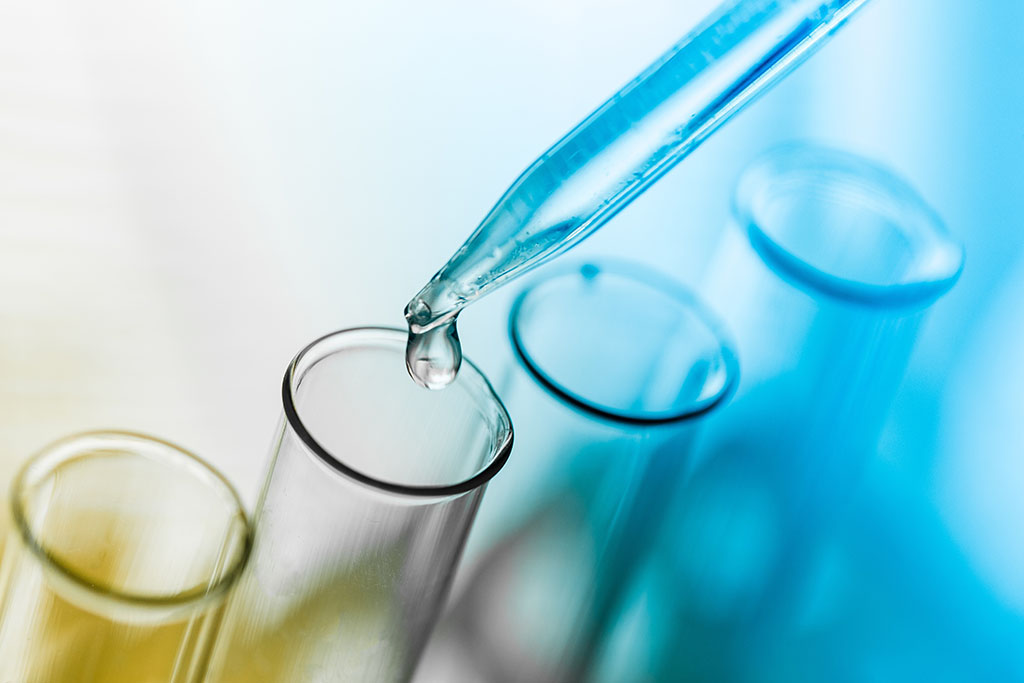 Across the globe, millions of people die annually from respiratory disorders including both infectious and inflammatory diseases. Lower tract respiratory infections alone affect over a billion people annually, making this a significant public health concern. The delicate balance between combatting infections and minimizing harm to self-tissue is primarily maintained by the gas-exchanging alveoli in the lower respiratory tract. In this battle, alveolar macrophages (AM) are the first cells to encounter airborne pathogens and environmental particles. The tissue environment heavily influences the phenotype and function of these macrophages, and they differ from other macrophages found in the lung interstitium and other organs. Unfortunately, there are currently no readily available in vitro models of human AMs (HAMs), presenting a major challenge, especially during the COVID-19 pandemic. To advance translational studies and clinical benefits for humans, there is an urgent need for a cost-effective method to generate or expand primary human cells for HAM phenotype. Fortunately, a unique model for producing human alveolar macrophage-like (AML) cells has been developed, involving the differentiation of blood monocytes in vitro using a defined cocktail of lung components that mimic the alveolar environment in cell culture (Pahari et al., mBio 2023). This non-invasive model is significantly less costly than performing a bronchoalveolar lavage to retrieve HAMs and yields more AML cells than HAMs obtained from a single person. The AML model has also been employed to study M. tuberculosis and SARS-CoV-2. Therefore, the AML model is critical to advancing our understanding of respiratory diseases, from COVID-19 and tuberculosis to asthma, cystic fibrosis, and chronic obstructive pulmonary disease.
Across the globe, millions of people die annually from respiratory disorders including both infectious and inflammatory diseases. Lower tract respiratory infections alone affect over a billion people annually, making this a significant public health concern. The delicate balance between combatting infections and minimizing harm to self-tissue is primarily maintained by the gas-exchanging alveoli in the lower respiratory tract. In this battle, alveolar macrophages (AM) are the first cells to encounter airborne pathogens and environmental particles. The tissue environment heavily influences the phenotype and function of these macrophages, and they differ from other macrophages found in the lung interstitium and other organs. Unfortunately, there are currently no readily available in vitro models of human AMs (HAMs), presenting a major challenge, especially during the COVID-19 pandemic. To advance translational studies and clinical benefits for humans, there is an urgent need for a cost-effective method to generate or expand primary human cells for HAM phenotype. Fortunately, a unique model for producing human alveolar macrophage-like (AML) cells has been developed, involving the differentiation of blood monocytes in vitro using a defined cocktail of lung components that mimic the alveolar environment in cell culture (Pahari et al., mBio 2023). This non-invasive model is significantly less costly than performing a bronchoalveolar lavage to retrieve HAMs and yields more AML cells than HAMs obtained from a single person. The AML model has also been employed to study M. tuberculosis and SARS-CoV-2. Therefore, the AML model is critical to advancing our understanding of respiratory diseases, from COVID-19 and tuberculosis to asthma, cystic fibrosis, and chronic obstructive pulmonary disease.
